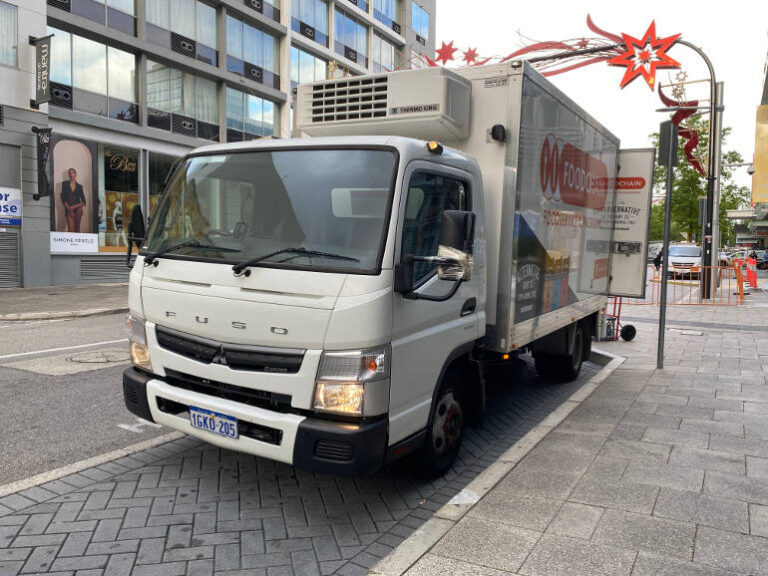The New Vehicle Efficiency Standards (NVES) being implemented in Australia from 2025 are set to have far-reaching effects across the entire automotive sector. While most of the focus has been on passenger vehicles and light commercial vehicles (LCVs), there is a growing concern about the implications for the light truck market—especially those that can be driven on a standard car licence but do not currently have CO2 information available. These trucks, often used in last-mile delivery and other transport sectors, play a crucial role in fleet operations, and the lack of emissions data presents significant challenges under the new regulations.
Lack of CO2 data for light trucks
Light trucks under 4.5 tonnes are particularly attractive for fleets due to their versatility and the fact that they can be driven by anyone with a standard car licence. This makes them a popular choice for last-mile deliveries and other urban logistics tasks. However, these vehicles do not currently have CO2 emission ratings, which creates a gap in the new NVES framework. While the NVES will push manufacturers to meet specific CO2 targets for both passenger and light commercial vehicles, the absence of emissions data for light trucks means that they are effectively excluded from this requirement—for now.
This presents a significant issue, as these vehicles are often used for high-mileage, high-emission tasks, contributing substantially to overall fleet emissions. The challenge for the government and manufacturers is to address this gap in emissions data while ensuring that the light truck market continues to operate efficiently without causing delays or increased costs for fleet managers.
Impact on Fleet Managers and vehicle selection
For fleet managers, the lack of CO2 data complicates decision-making processes. NVES aims to encourage fleet operators to select lower-emission vehicles to meet sustainability goals, but without emissions data for light trucks, it is difficult to assess the environmental impact of these vehicles. As a result, fleet managers may find it challenging to align their light truck purchases with broader corporate or governmental sustainability targets.
Additionally, light trucks are a key part of many fleets due to their flexibility and ease of use, especially in industries like logistics, construction, and retail. With NVES potentially putting pressure on other types of vehicles to meet emissions targets, there could be a shift in demand towards light trucks if they continue to remain outside the purview of these regulations. This could lead to increased reliance on these vehicles, potentially undermining the overall goal of reducing transport emissions in Australia.
Cost implications and future compliance
The current exclusion of light trucks from the NVES CO2 targets may only be temporary. As the government seeks to meet its broader emissions reduction goals under the Paris Agreement, it is likely that future iterations of the NVES will address this gap. When CO2 standards are eventually introduced for light trucks, manufacturers may face significant challenges in meeting these targets without major changes to vehicle design or engine technology.
In the meantime, fleet managers should be aware that light trucks may face price increases down the line if fines or compliance costs are introduced to encourage lower emissions. This could affect the total cost of ownership (TCO) for these vehicles, prompting fleet managers to reassess their reliance on them and potentially explore alternative options, such as electric vans or smaller LCVs with established emissions data.
The NVES presents both challenges and opportunities for the light truck market. While these vehicles currently operate without clear CO2 data, future regulatory developments may change this, leading to increased costs and the need for more environmentally friendly alternatives. For fleet managers, staying ahead of these changes will be crucial to ensure compliance, control costs, and contribute to their organisation’s sustainability goals.






